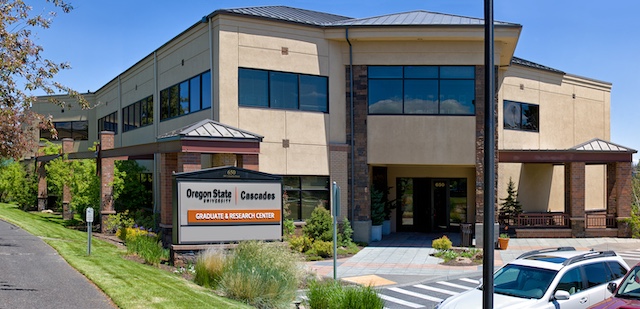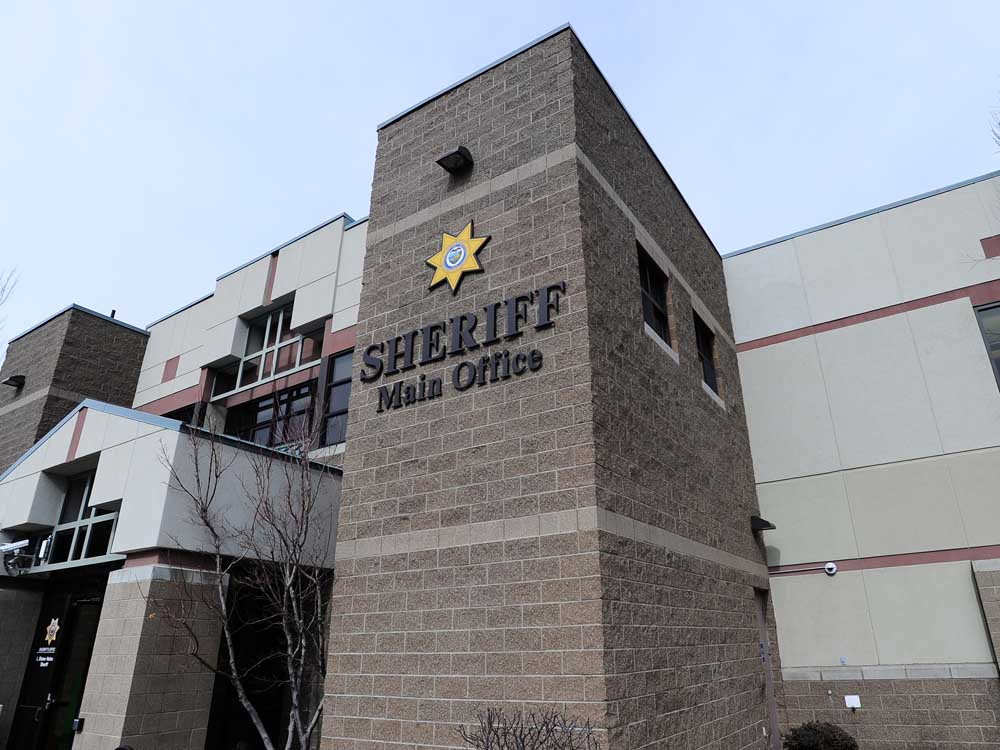KGB spy was most valued defector
Published 5:00 am Thursday, August 28, 2008
WASHINGTON — Yuri Nosenko, a Soviet KGB agent whose defection to the United States in 1964 and subsequent three-year harsh detention and hostile interrogation by CIA officials remains immensely controversial, died Saturday under an assumed name in a Southern state, according to intelligence officials. No cause of death was reported other than “a long illness.” He was 81.
Nosenko, a lieutenant colonel in the Soviet secret police and intelligence agency, personally interviewed Lee Harvey Oswald during his time in the Soviet Union from 1959 to 1962. When Nosenko defected in 1964, he provided the first information that Oswald, the accused assassin of President Kennedy, was not a Soviet agent. The CIA considered him its “most valuable defector.”
Trending
But senior CIA officers at the time, including James Jesus Angleton, the agency’s counterintelligence chief, and David Murphy of the Soviet division, did not believe Nosenko was a real defector and ordered his imprisonment.
Richard Helms, then CIA director of operations, in 1966 ordered that a conclusion be reached in the Nosenko case. In 1967, after passing multiple polygraphs, Nosenko was released, and in 1969 he was found to be a legitimate defector. He subsequently became a consultant to the agency, was given a new identity and was provided a home in an undisclosed location in the South.
Last month, several senior CIA officials visited him and presented him with a ceremonial flag and a letter from CIA Director Michael Hayden honoring his service to the United States, a senior intelligence official said Tuesday.
Nothing but praise
for the United States
First word of his death came Tuesday from Pete Earley, an author of books on the CIA who had been trying for four years to get an interview with Nosenko. “I was fascinated by Nosenko because in spite of the horrific things that the agency and government did to him — the torture and mental deprivation — in the only public speech that he ever gave at the CIA, he praised the United States as being the world’s best hope for humanity, condemned Communism and Moscow, and said he never regretted his defection nor held a grudge against the officials who had persecuted him,” Earley said.
Trending
During his incarceration, at Camp Perry, the CIA facility in Virginia, the agency kept Nosenko in solitary confinement in a small concrete cell. He often endured treatment involving body searches, verbal taunts, revolting food and denial of such basics as toothpaste and reading materials.
Claire George, a former CIA deputy director of operations who worked in the Soviet division at the time of Nosenko’s defection, said Tuesday that the handling of Nosenko “was a terrible mistake.” But George added, “You can’t be in the spy business without making mistakes.”
A long career
Yuri Ivanovich Nosenko was born in 1927 in Nikolayev, a Ukrainian town on the Black Sea. In the early 1950s, he became a leader within the KGB’s Soviet internal security division.
According to Tom Mangold’s “Cold Warrior” (1991), a book about Angleton, Nosenko’s KGB career specialized in following U.S. agents posted in the Soviet Union and in recruiting turncoats from foreign intelligence services. Mangold’s book said he also oversaw blackmail operations.
Mangold asserted Nosenko eventually grew angered by what he considered hypocrisies of the Soviet system and signaled to U.S. intelligence agents his wish to defect on ideological grounds.
He made his first successful contact with U.S. intelligence in 1962, pleading desperation after squandering KGB funds on alcohol. He asked for $200 to repay the money. He later admitted this was a fabrication, and his request later raised doubts within the CIA about his intentions. Would he really sell out his country for $200?
But his propensity to drink was not a lie, and he was fully loaded when he met CIA officials in Geneva, where he was accompanying a diplomatic mission. He revealed key information about Soviet moles working in the embassies of Western nations as well as Russian intelligence methods. According to Mangold, he pinpointed 52 microphones planted inside the U.S. Embassy in Moscow and how the Soviets avoided detection of the listening devices.
But his most stunning revelations were about Oswald, notably how the Soviet agency felt Oswald was too unstable mentally to be of much service.
None of this saved Nosenko from a bitter fate. Golitsin stoked Angleton’s increasing paranoia about double agents in the CIA and the veracity of defectors, and Nosenko soon began his 1,277 days in custody.
After Nosenko’s rehabilitation, he looked up the disgraced Angleton’s number in the phone book in 1975 to confront him.
It was a brief and fruitless exchange, with Nosenko rising in his passions and Angelton cool and adamant about his judgment.
“I have nothing more to say to you,” Angelton said.
“And Mr. Angelton,” replied Nosenko, “I have nothing further to say to you.”








